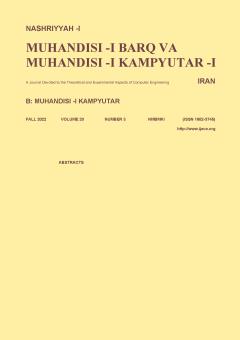A Step towards All-Optical Deep Neural Networks: Utilizing Nonlinear Optical Element
Subject Areas : electrical and computer engineeringAida Ebrahimi Dehghan Pour 1 , S. K. 2
1 -
2 - Sharif University of Technology
Keywords: Optical Processing, optical activation function, high-speed, convolutional neural networks, optical convolutional neural networks,
Abstract :
In recent years, optical neural networks have received a lot of attention due to their high speed and low power consumption. However, these networks still have many limitations. One of these limitations is implementing their nonlinear layer. In this paper, the implementation of nonlinear unit for an optical convolutional neural network is investigated, so that using this nonlinear unit, we can realize an all-optical convolutional neural network with the same accuracy as the electrical networks, while providing higher speed and lower power consumption. In this regard, first of all, different methods of implementing optical nonlinear unit are reviewed. Then, the impact of utilizing saturable absorber, as the nonlinear unit in different layers of CNN, on the network’s accuracy is investigated, and finally, a new and simple method is proposed to preserve the accuracy of the optical neural networks utilizing saturable absorber as the nonlinear activating function.


